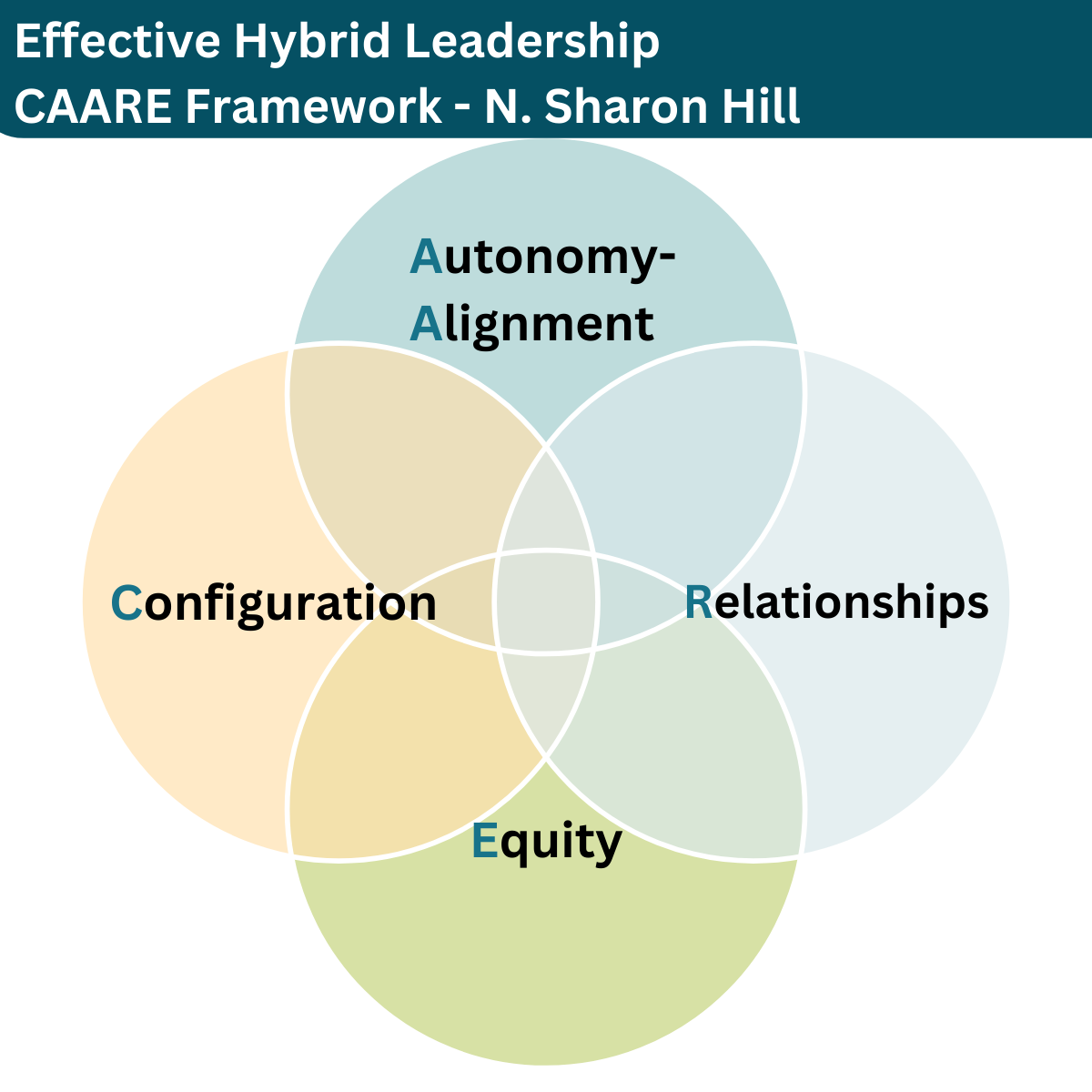Attitudes towards Diversity in the Workplace
A large body of research has shown that personality is a powerful predictor of pretty much any outcome that should be of great interest and value to an organization. A partial list of such outcomes: job performance organizational citizenship behavior counterproductive work behavior turnover employee engagement job satisfaction burnout creativity leadership effectiveness  A recent […]
Read More